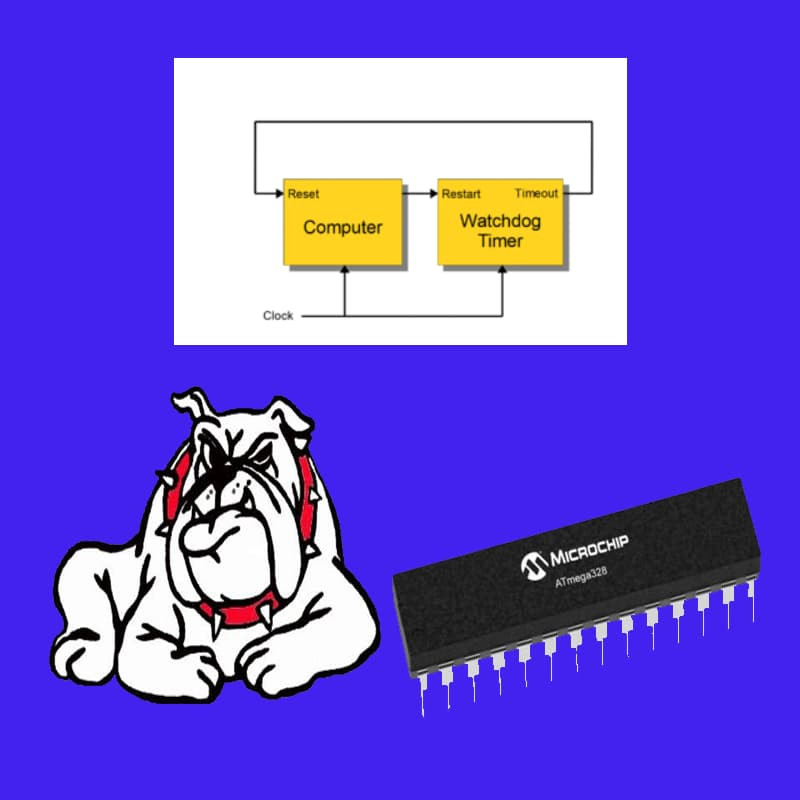




With five simple examples, you'll master the Watchdog Timer (WDT) mechanism:
- Example 1: Explains the basic setup and reset of the Watchdog Timer, covering the fundamentals like enabling and regularly resetting the WDT, which is the starting point for understanding how the Watchdog Timer works in a simple program.
- Example 2: Demonstrates how to use the Watchdog Timer as a safety mechanism, simulating a system crash to see how the WDT automatically restarts the system, highlighting the importance of the WDT in improving system stability.
- Example 3: Shows how to dynamically change the Watchdog Timer’s timeout during program execution, which is useful in scenarios that require more flexibility in handling tasks that take different amounts of time to complete.
- Example 4: Explains how to disable and re-enable the Watchdog Timer, which is essential for situations where you need to temporarily stop the WDT for operations that might exceed the standard timeout period.
- Example 5: Demonstrates how to use the Watchdog Timer in sleep mode, chosen to show how the WDT can be used as a wake-up source in sleep mode, a more advanced application useful in projects requiring efficient power management, making the WDT a critical part of low-power systems.
- These examples represent a comprehensive course for learning and using the Watchdog Timer in Arduino projects, from the basics to advanced applications.